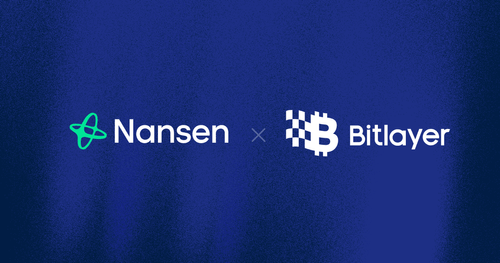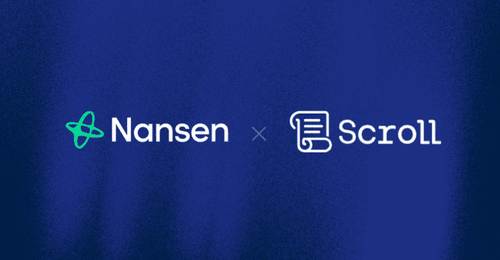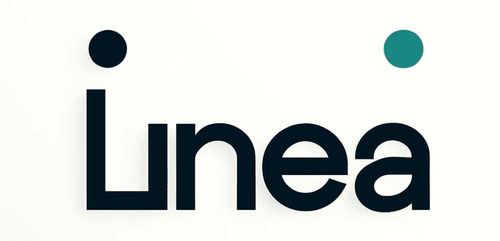Introduction
zkSync Era is one of the leading validity rollups today, supporting a scalable general-purpose smart contract platform for users and developers alike. Since its launch in March 2023, it has seen exponential growth across user metrics, applications, and integrations. Today, zkSync has over $456m in netflows and over 2.26 million unique users that bridged from Ethereum mainnet alone.
zkSync boasts the users and activity, but who exactly are these depositors and how does their activity shape up over time?
zkSync Users
Looking at when an address was first active on Ethereum, we can get a better understanding of wallet ages on zkSync.
Over 71% of depositors’ wallets were created within the last year, suggesting a lot of fresh wallets interacting with zkSync. Beyond the age of a wallet, what is the distribution of value deposited into zkSync?
Most deposits into zkSync Era from mainnet are dominated by wallets that cumulatively deposited under $1,000. As for measuring activity over time, we can look at the unique depositors over time.
Daily Unique Depositors
Below, we visualize the daily and cumulative unique depositors to zkSync using the native bridge from Ethereum.
This shows the constant demand from new addresses into zkSync since its inception. New depositors peaked in May 2023, trending down since then. However, the average daily unique depositors is still over 8,280 as of March 13, 2024, suggesting a huge growth in new users throughout 2023 and 2024! Bridging is a good metric but let's look at who is actually active on zkSync Era throughout 2024.
zkSync Activity
In 2024, we visualized active addresses on zkSync Era and grouped them by the following segments:
- EOAs
- Existing
- New addresses
- Contracts
- Existing
- New contracts
In contrast to the many new addresses onboarding into zkSync, a majority of activity is dominated by already existing EOAs, or in other words, recurring users. Further, what are whale addresses doing on zkSync?
zkSync Whale Holdings and Activity
We calculated the top 30 addresses by their token balances (USD) as of March 14th. We filtered addresses on the following conditions:
- Active in 2024
- An average of 50 or fewer transactions per day (filter out noisy addresses)
- Does not belong to an entity on zkSync or Ethereum mainnet
- Additionally, we added the following conditions:
- Not an exchange
- Not a contract
- Not a MEV bot
- Not an NFT wash trader
The top 10 tokens held by these wallets are shown below, starting from January 1st, 2024.
The top token by USD amount is ETH, followed distantly by ZKID, IDO and KOI. But this is aggregate USD holdings, what about the top-held token across these wallets?
Below we visualize the number of addresses that own a specific token. We only look at our 30 whale wallets, so if the address count is 10, 33% of whales own the given token. Not all addresses were active back in 2023, so you will see asset counts increase till the current day.
To no surprise, all of our whale addresses own ETH, followed by USDC, WETH, USDT, and wBTC. This suggests that most whales have predominant exposure to the majors and stables. However, as time goes on, we see a strong trend of increased alt-exposure of zkSync native assets. Finally, we can show activity of these whales in 2024 to see activity trends.
Similar to general account activity, the whales’ activity peaked at the end of February 2024. Their activity has been quite consistent with an average of over 189 daily transactions on zkSync Era in 2024.
Throughout 2023 and into 2024, zkSync Era marked a strong evolution in user engagement and asset distribution. With over 2.26 million unique users bridging from Ethereum, the platform demonstrates robust growth, predominantly fueled by new entrants. The activity on zkSync remains vibrant and is upheld by a substantial number of recurring users, particularly among externally owned accounts (EOAs).
Overall, the zkSync Era has been experiencing rapid growth as an ecosystem, characterized by an expanding user base, sustained engagement from existing participants, and growing token preferences. This trajectory demonstrates the platform's potential as a leading player in the validity rollup sector, and is positioned well for continued growth and innovation.




